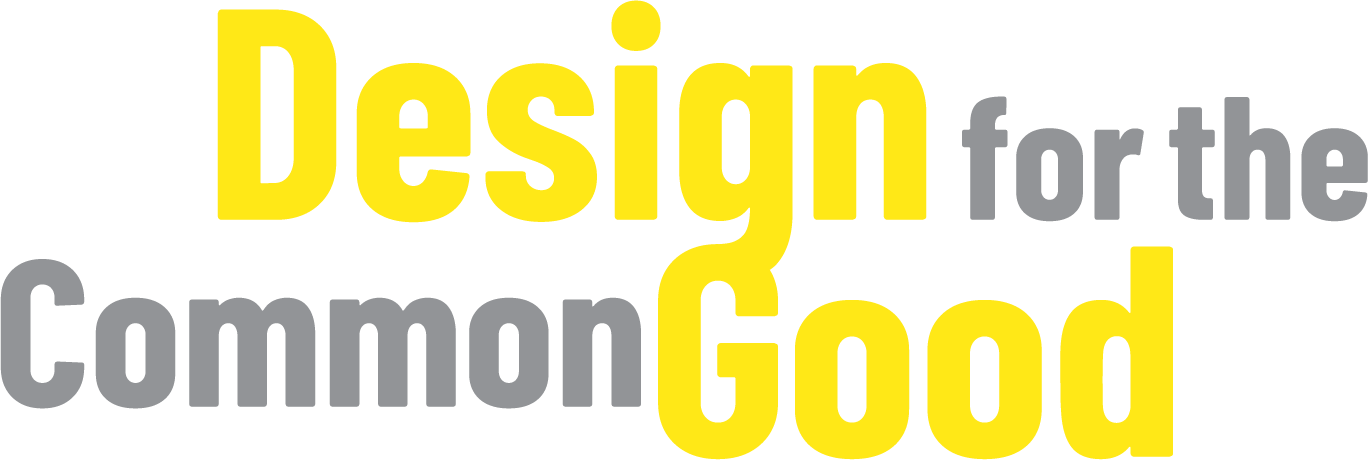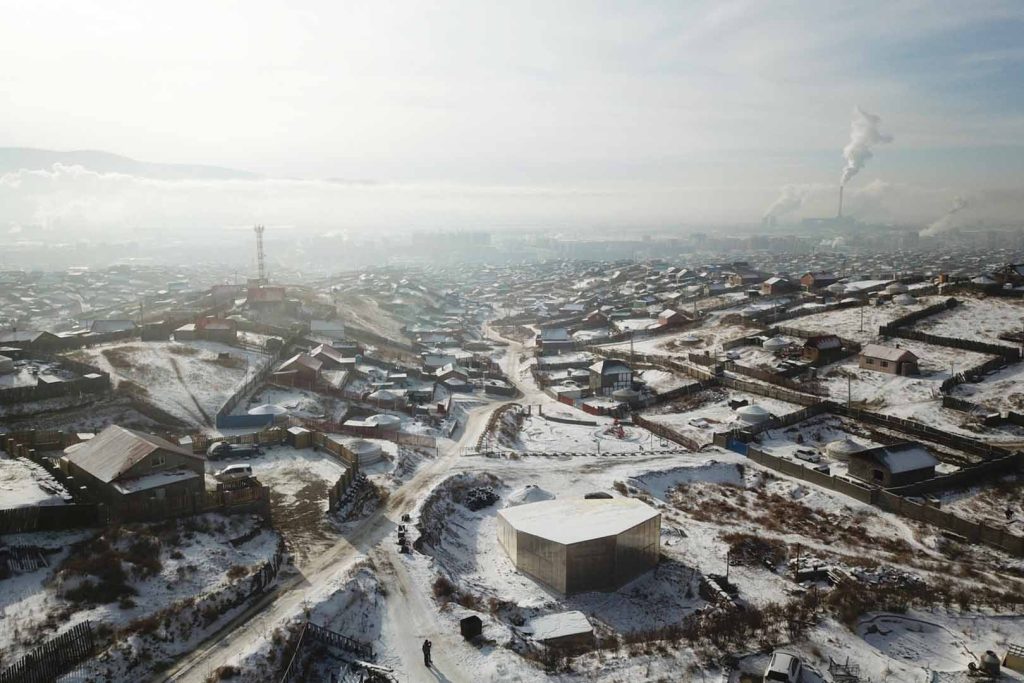The Ger Innovation Hub provides much-needed community infrastructure to residents living in the ger districts of Ulaanbaatar, Mongolia. The project is the first of its kind: a community center that does not directly involve the government and is independently funded and managed. In a place with limited basic spaces and a culture that has no word for “community,” the project aims to enable residents to construct a community identity. The building offers an alternative place to go when, particularly in winter, residents are confined to their households. The building’s layered structure was inspired by the ger: an inner room of mud bricks surrounded by an outer layer of polycarbonate, creating a buffer space that traps radiant heat in the winter.
Cause
Nomadic residents are confronted with a new set of challenges as they move to the city and become urban. They encounter common problems that become the responsibility of a collective body of people. The project aims to enable residents to address what it means to live together and forge new methods of collaboration. The design also tackles environmental challenges that the climate presents by maximizing thermal efficiency and reducing energy consumption.
Method
The layers of collaboration between stakeholders at each stage has enabled the implementation of the built project itself. The architects worked with Ecotown, a local NGO, to conduct household surveys and community-engagement workshops. Apart from gaining feedback on design and operation of the hub, engagement brought awareness and encouraged residents to think more actively about what is happening, what they want, and what they can offer.
Architecture students from Hong Kong built the trusses and raised the timber structure alongside local carpenters and members of the community. This has empowered both students and local residents to become active stakeholders in the project.
Impact
The project has demonstrated a methodology that can deliver impact at different stages of its implementation, so that impact comes not only through the final product but also in the process itself. Introducing knowledge exchange at every step with stakeholders that include residents, funders, construction workers, NGOs, and environmental specialists significantly increases opportunities for change. The project set out to build a foundation of people who can approach the problem of community building in the ger districts with experience, expertise, and the confidence to share their knowledge with others.

